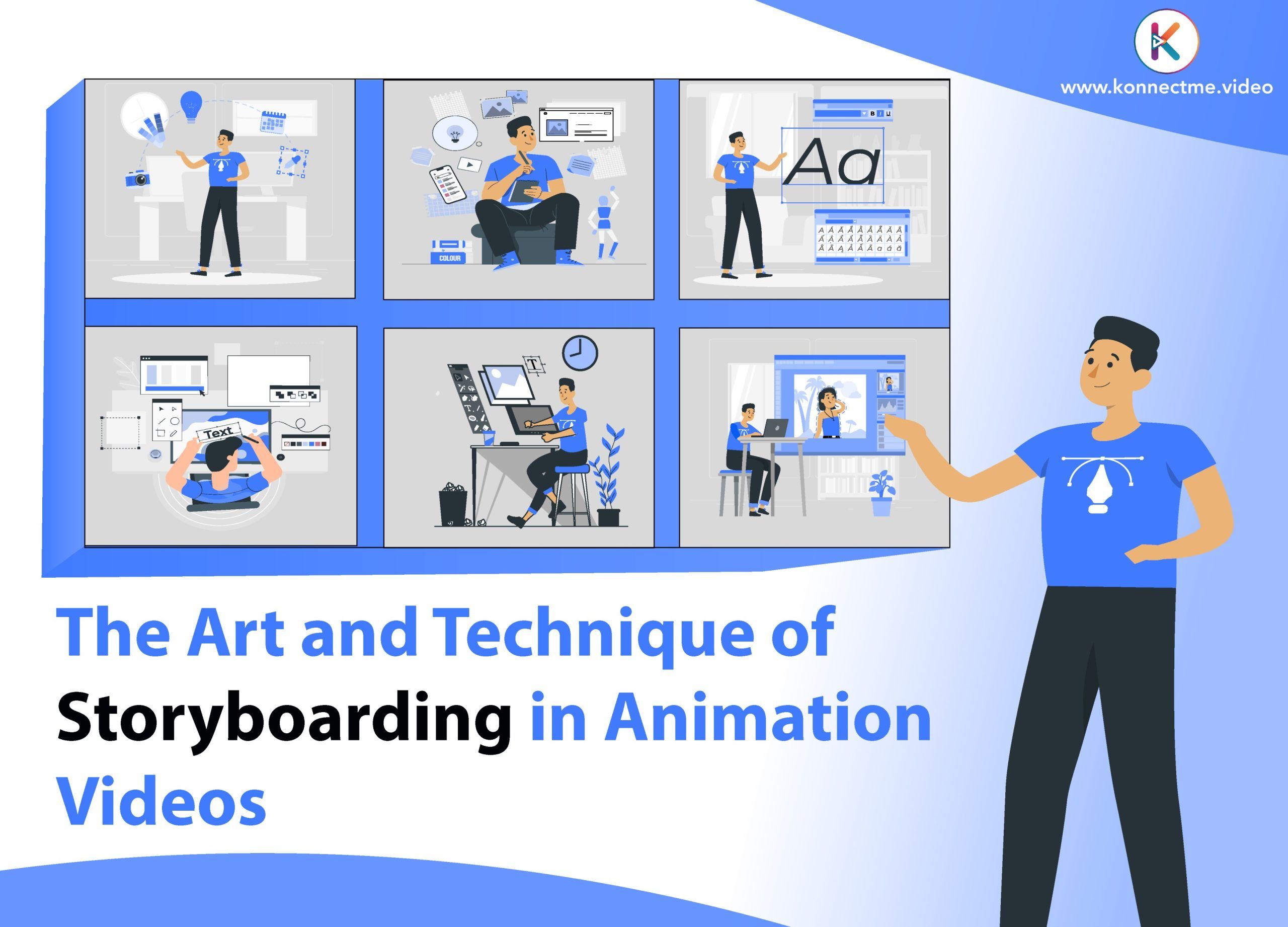In the fast-paced world of animation, staying ahead of the curve is essential for professional animators looking to excel in their craft. Whether you’re working on a blockbuster film, a cutting-edge video game, or a captivating advertisement, mastering advanced animation techniques can set you apart from the competition and elevate your work to new heights. In this article, we’ll explore some of the most innovative and effective animation techniques that professional animators can use to create truly exceptional animations.
1. Study Motion Capture Technology
One of the most groundbreaking advancements in animation technology in recent years is motion capture. By recording the movements of actors or objects in real-time, animators can create incredibly realistic and fluid animations that mimic real-life movements with unparalleled accuracy. Professional animators should invest time in studying and practicing with motion capture technology to enhance the quality and authenticity of their animations.
2. Experiment with 3D Modeling and Rendering
While traditional 2D animations will always have a place in the world of animation, 3D modeling and rendering have become increasingly popular among professional animators for their ability to create lifelike characters and environments. By mastering 3D modeling software like Maya or Blender, animators can bring their creations to life in stunning detail and complexity, pushing the boundaries of what is possible in animation.
3. Utilize Advanced Rigging Techniques
Rigging is the process of creating a digital skeleton for characters and objects in animation, allowing them to move and interact with their environment. Professional animators should learn advanced rigging techniques to add intricate movements and expressions to their animations, enhancing the storytelling and emotional impact of their work.
4. Explore Character Animation Principles
Character animation is at the heart of many animated projects, from feature films to video games. By studying and applying the principles of character animation – such as squash and stretch, anticipation, and follow-through – professional animators can breathe life into their characters and create engaging and dynamic animations that captivate audiences.
5. Incorporate Dynamic Lighting and Texturing
Lighting and texturing play a crucial role in creating immersive and visually stunning animations. Professional animators should experiment with dynamic lighting techniques, such as global illumination and ray tracing, to enhance the realism and depth of their animations. Additionally, mastering advanced texturing methods – like procedural texturing and PBR materials – can add richness and detail to characters and environments, elevating the overall quality of the animation.
6. Collaborate with Other Artists and Professionals
Animation is a collaborative art form, and professional animators can benefit greatly from working with other artists and professionals in related fields. By collaborating with modelers, texture artists, riggers, and other animators, professionals can exchange ideas, techniques, and feedback, pushing each other to create better and more innovative animations.
7. Stay Updated on Industry Trends and Technologies
The world of animation is constantly evolving, with new trends and technologies emerging all the time. Professional animators should stay updated on industry news and developments, attending conferences, workshops, and networking events to learn about the latest tools and techniques shaping the future of animation. By staying ahead of the curve, animators can continue to refine their skills and stay competitive in the dynamic and fast-paced world of animation.
By mastering these advanced animation techniques and staying ahead of industry trends, professional animators can elevate their work to new heights and create truly exceptional animations that captivate and inspire audiences around the world.
